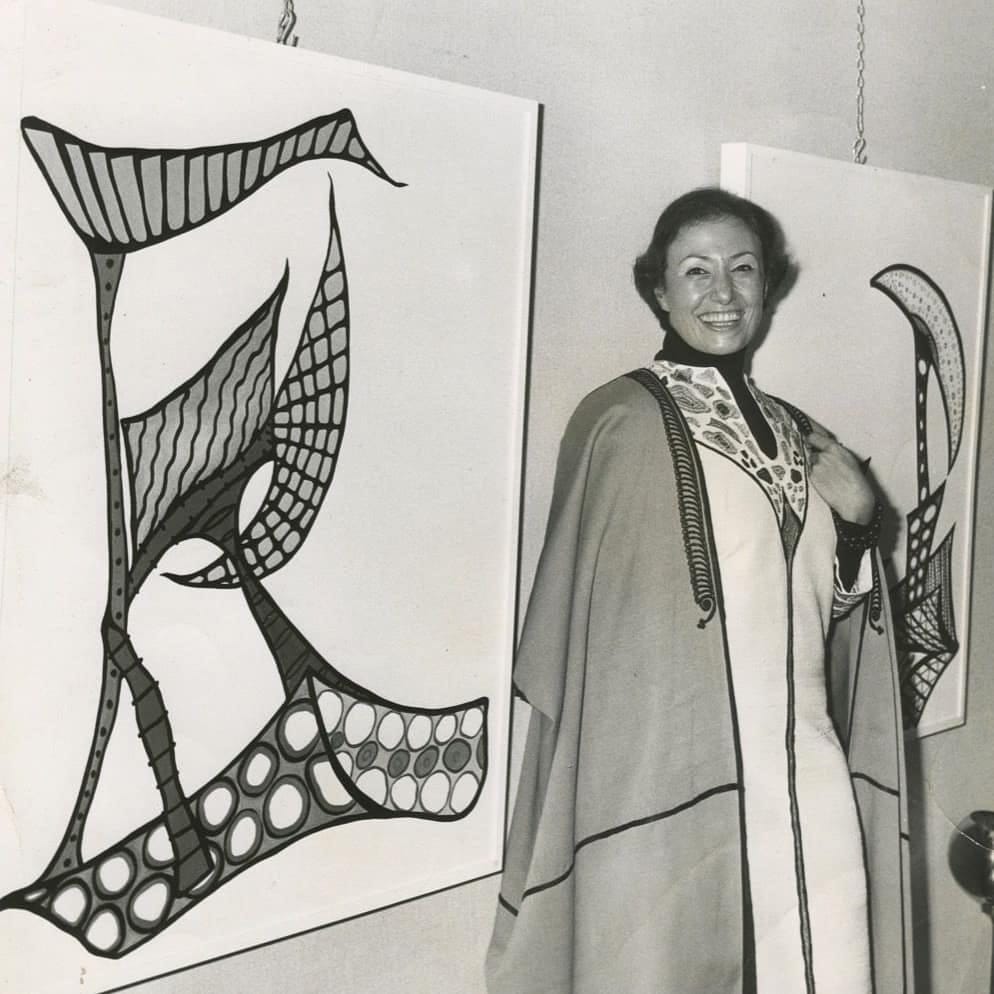[ad_1]
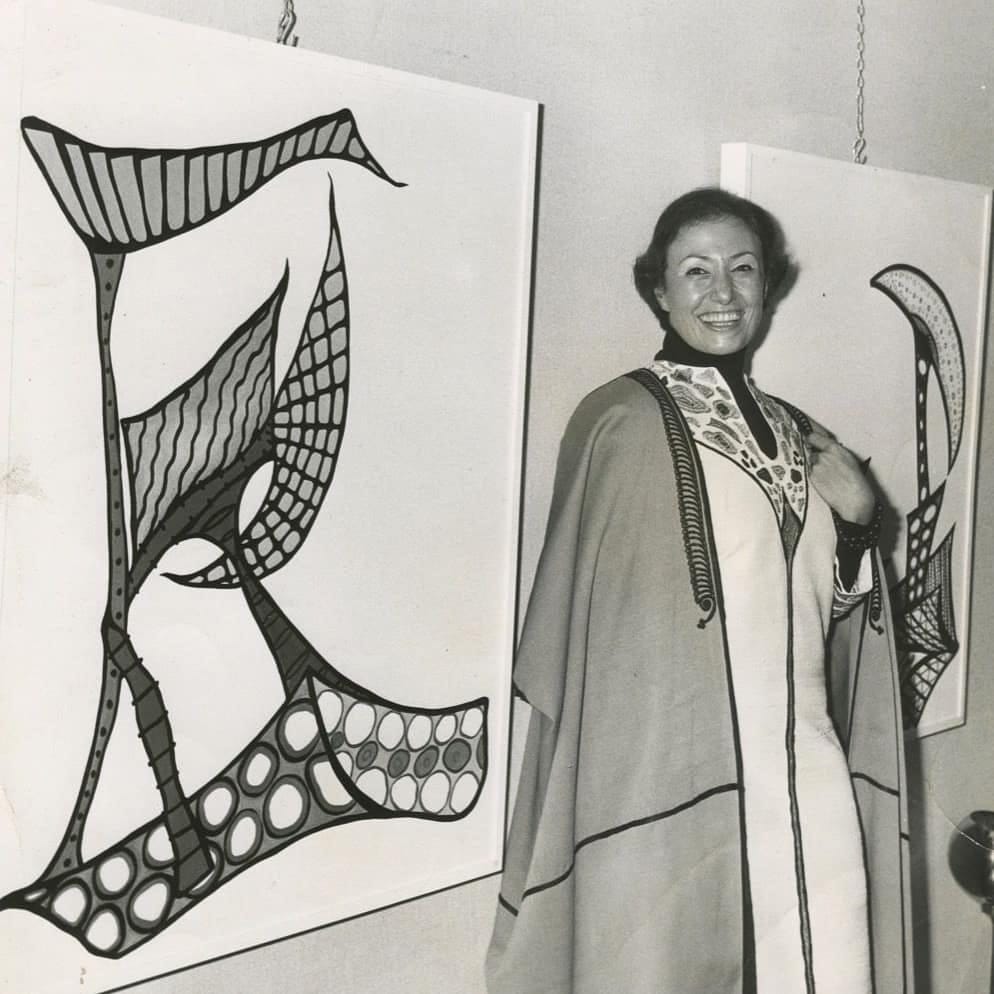
Huguette Caland.
COURTESY GALERIE JANINE RUBEIZ
Huguette Caland, whose trailblazing abstract paintings and drawings offered new possibilities for representations of the female body, has died at 88.
Galerie Janine Rubeiz in Beirut, which worked with Caland, confirmed the news in a Facebook post, writing, “It is with great sorrow that we announce the passing of one of our greatest artists, Huguette El Khoury Caland, a beautiful soul, and a lover of life and freedom.” A cause of death was not immediately provided.
Caland, whose work was the subject of a Tate St. Ives survey earlier this year, is associated with a strain of feminism in which artists of her ilk sought to liberate the bodies of women. But according to her daughter Brigitte Caland, who often spoke for her mother in interviews, she did not consider her work to be radical. Earlier this year, on the occasion of the Tate show, Brigitte told ARTnews, “The work radiates a sense of freedom, courage, humor.”
The best-known body of work by Caland, “Bribes de Corps” (Body Parts), is a series of paintings started in the 1970s in which fleshy forms melt away into warmly colored backgrounds. They are deliberately ambiguous works—some resemble buttocks, while others look like folds of skin in profile. Because of their mysteriousness, the works provide intriguing visions of bodies in spaces where they aren’t defined by social norms.
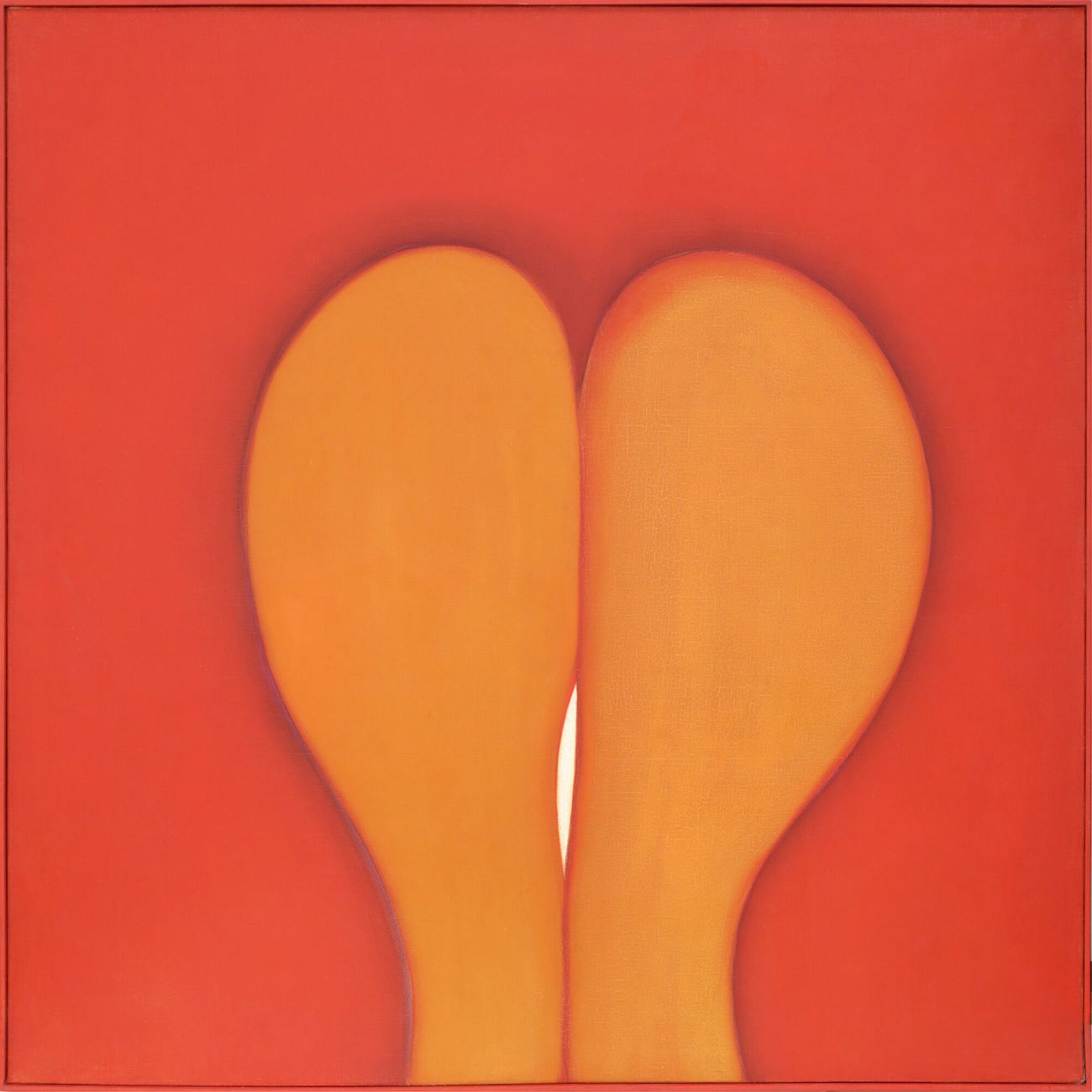
Huguette Caland, Bribes de Corps, 1973.
COURTESY THE ARTIST
There was often a celebratory quality to Caland’s work that carried into her life as well. She once said, “I love every minute of my life. I squeeze it like an orange and I eat the peel, because I don’t want to miss anything.”
She was also known to celebrate her own body. Caland was fascinated by her own physical look, and she would sometimes alter her appearance as part of her ongoing quest for freedom. At one point, she said, “I began to get fat to see how one could live being fat, with a full life and without any restrictions.”
[Read an ARTnews profile of Huguette Caland.]
Caland’s interest in the body often took an erotic bent, with evocations of genitalia, limbs, and mounds of pubic hair recombined to create dazzling abstractions. Some of her works on paper are minimalist—in one, two figures rendered in profile get ready to kiss, their lips and half-shut eyes depicted by way of just a few marks. Others are more detailed, with pileups of intricately drawn people that appear to fornicate on top of one another.
Some of Caland’s most winsome works are her abayas—long garments traditionally worn by Muslim women in North Africa. Made in 1979 in collaboration with the famed fashion designed Pierre Cardin, these garments—which were on view earlier this year as part of an Omar Kholeif–curated section of the Sharjah Biennial in the United Arab Emirates—feature images of bodies, many of them female and flouting sexual mores. One features a pair of breasts and a vagina, along with rows of circles on its sides—a suggestion that Caland wanted to render visible what’s typically hidden beneath.
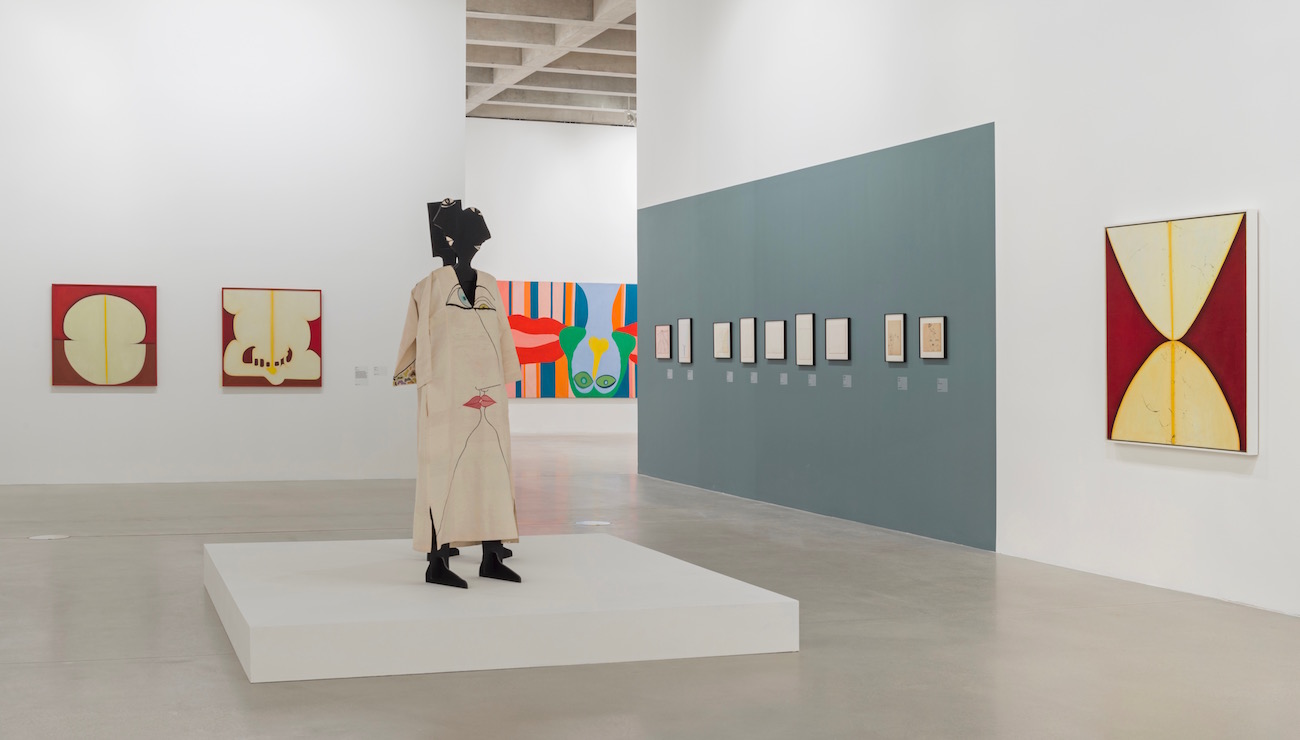
Installation view of Huguette Caland’s show at Tate St. Ives.
TATE
Caland was born in 1931 in Beirut to Bechara El Khoury, who went on to become the president of Lebanon in 1943, the same year that it declared independence from France. Caland generated controversy in her family when she decided at age 12 that she was going to marry Paul Caland, who was related to the founder of the French publication L’Orient and was viewed as a colonizer because he hailed from a nation that formerly exerted control over Lebanon. Less than a decade later, the two were married, though Huguette had various other partners over the years, including the Romanian sculptor George Apostu.
In 1964, the year her father died, Caland created her first painting. She enrolled in the art program at the American University of Beirut and, at age 33, began to pursue a career as an artist. Several years later, in 1970, she left her children behind and went to Paris to continue her art practice. Even though the attitudes of the French were more sexually liberated, her work largely received negative notices from critics at the time.
Caland relocated again in 1987, to Venice, California, where she became a member of a vibrant art community. With the help of the late artist Ed Moses, she was able to buy property from painter Sam Francis, who allowed the purchase from his deathbed. Moses later became a good friend of hers, and she traded work with Nancy Rubins. Despite being so well-connected, Caland’s work went largely without recognition from museums and galleries. Her daughter Brigitte once told the New Yorker that dealers “never took the ten steps that it took to come and see the art.”
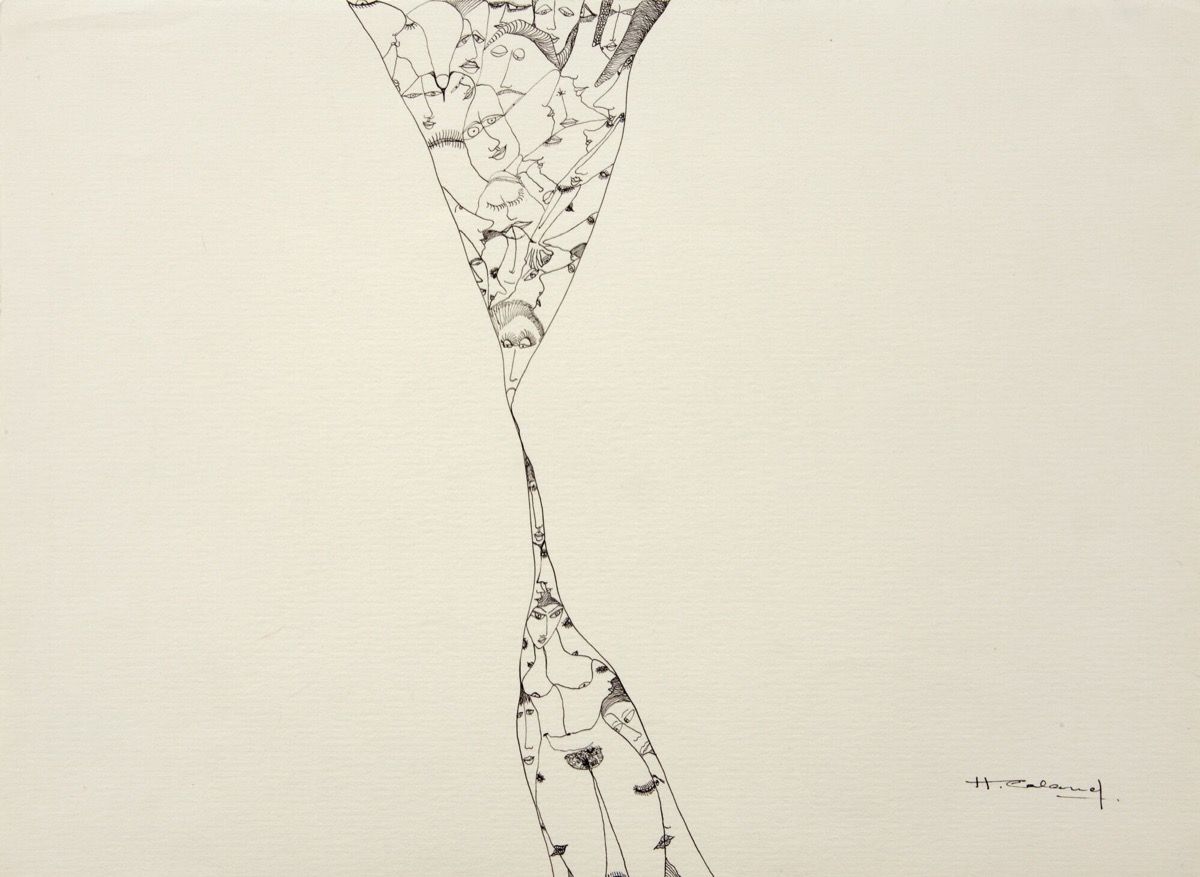
Huguette Caland, Parenthèse II (Parenthesis II), 1971.
COURTESY THE ARTIST
Only in recent years has Caland’s work been shown widely in institutions around the world. One of her first major appearances in a biennial came in 2014, one year after she moved back to Beirut to be with her ailing husband, when her work was shown in the Prospect New Orleans triennial. A series of important biennials followed for her—Caland’s work was among the most widely praised in the 2016 edition of the Hammer Museum’s Made in L.A. biennial, and it was included in the Christine Macel–curated main exhibition at the 2017 Venice Biennale. Caland’s kaftans and paintings were also shown in the 2018 Sharjah Biennial. In 2020, she will have her first major institutional exhibition in America at the Drawing Center in New York.
Though Caland’s work languished in obscurity for the better part of her career, it is not difficult to see why it has caught on over the past few years, as a cohort of younger artists begin to explore the body and its social contexts. Her work could be said to have influenced Christina Quarles’s semi-figurative paintings of bodies that press into one another or Loie Hollowell’s recent abstractions that draw comparisons between geometric shapes and female forms.
For Caland, turning the body into abstractions was a way of finding pleasure in life. In a 2017 video of a studio visit, her interviewer points out that she has a closet with two female figures painted on its walls, a rod running between both of their mouths. Asked to explain, Caland says, “Well, listen, naughty is part of life, no?”
[ad_2]
Source link

